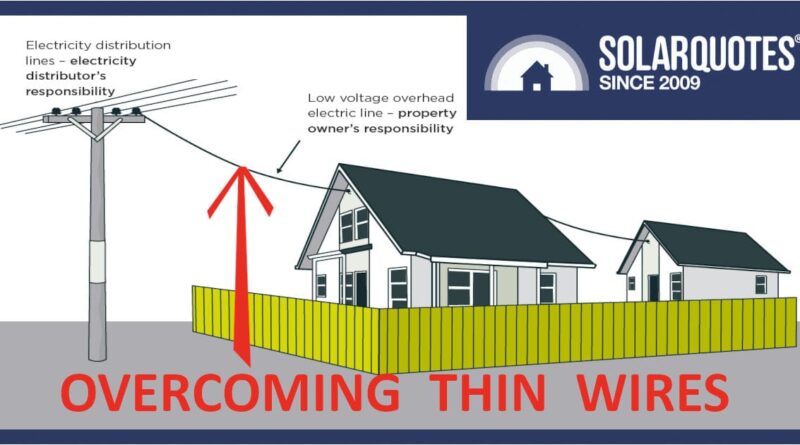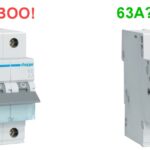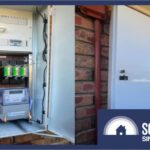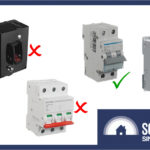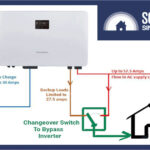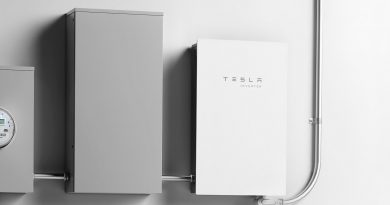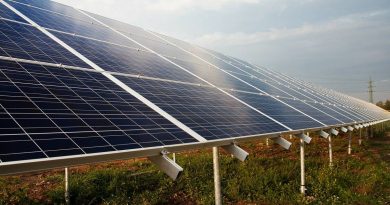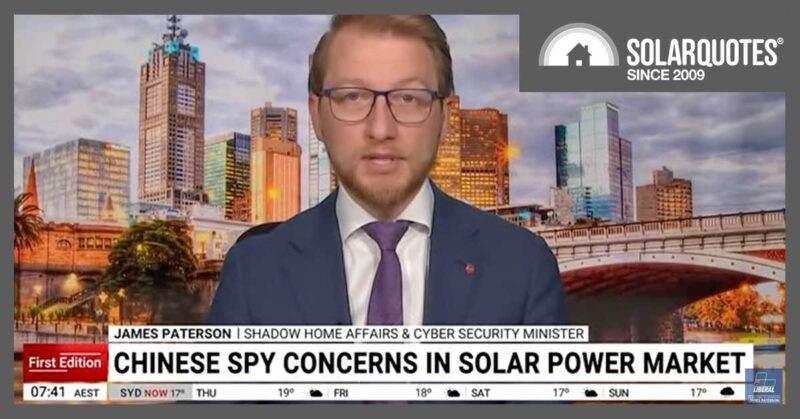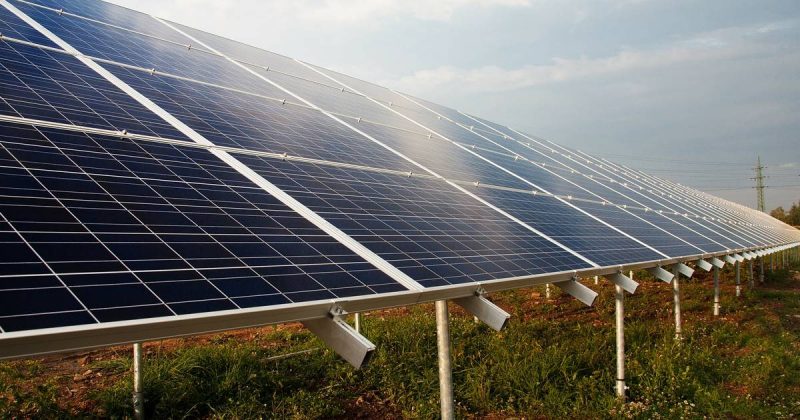Overcoming A Skinny Grid Connection: How To Get More Amps To Your House
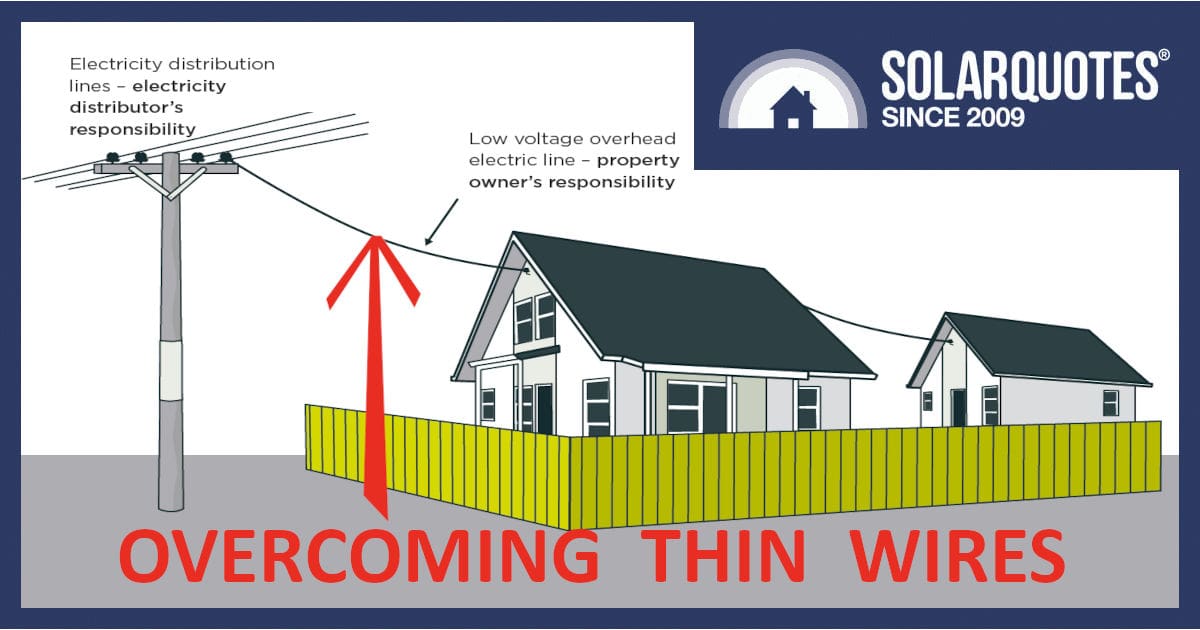
Australians eager to fully electrify their home often hit an unexpected snag: the size of the copper cable from the grid to the house. This small but crucial detail can stall your electrification ambitions.
Here are some options for overcoming a skinny grid connection.
The Electrical Limitations Of Modern Homes
These days, an ordinary Aussie house in the suburbs has a 63 amp nominal supply, in either single or 3 phase, usually delivered from a 16 mm² cable.
Some homes only have a 40 amp supply, which is usually acceptable for a 3-phase system delivering 120 amps in total.
Older homes, though, might only have 32 amps, a vestige of the past, and will struggle to meet the demands of modern, all-electric living.
In more rural settings, where electricity may come from a single-wire earth return (SWER) transformer, a 5 kVa/20 amp supply was once standard. This setup was enough for essential services like night-time hot water and daytime cooking, plus the simpler needs of lighting and a radio.
What About New Builds?
Project builders, aiming to cut costs, frequently opt for the bare minimum in electrical infrastructure. This practice corners new homeowners, limiting appliance upgrades and solar adoption—a short-term saving at the cost of long-term flexibility. Where possible, talk to your builder about beefing up your electrical supply (including a bigger switchboard) before the build starts.
Gas Needs To Go
Many new homes get by with weak electrical setups because much of their power needs, like heating and hot water, come from gas pipes, not wires. But now, with behind-the-meter solar in Australia being so cheap, lots of us want to ditch gas. We’ve just got to figure out how to do it with our existing grid connections.
First, Test The Existing Wiring
There are steps any electrician can take to help. As a trade, they’ll be cautious when calculating maximum demand on a building plan.
If your place was planned on paper with a 32 amp supply, get an electrician to plug in four 1.8kW kettles and measure what’s available. Eliminating assumptions, and testing the wiring might prove you already have enough copper to run up to 40 amps. You’ll never know until you test it.
Upgrade To 3-Phase Where Affordable
If you’re lucky, and the conduit out to the street is straight enough to pull new wires, or the overhead supply is easy to replace, then upgrading to a 3-phase power supply can be a great way to triple your available energy.
Next, Look At Batteries
A quick water analogy is in order.
Most houses have an incoming water pipe about the size of your thumb. While you might use 300 litres per day, there’s potential for perhaps 2,000 litres per hour if you leave all the taps open.
If that water supply pipe was cut down to the size of a pencil, you could still get 300 litres of water per day, but would you be happy having a shower under something akin to the windscreen washer on your car?
What’s needed is some storage on your side of the water meter. Put a tank on the roof that is filled gradually through the skinny pipe, then plumb your shower with your own fat pipe.
Home batteries provide the same service for your electric power, letting you use more power than your grid connection can deliver.
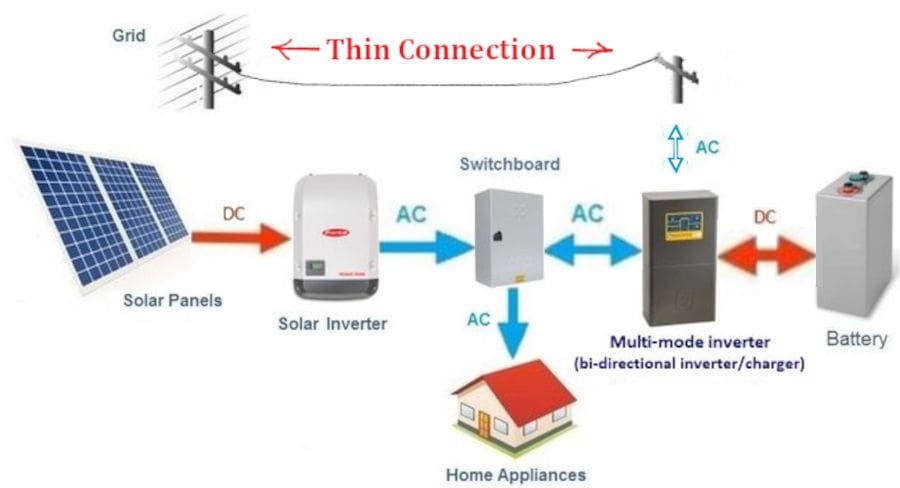
Even with only 20amps available from the grid, a 5kW Selectronic can give you an additional 52amp surge capacity without overloading the thin connection.
How Many Solar Panels?
If you get a battery to buffer your power demand, you’d be nuts not to pair it with solar panels.
How many? For 15 years, my repeated mantra has been this: nobody has ever complained that they installed too much solar.
Even those in the solar industry need to get their heads around the idea that limited-size solar systems are not an efficient use of money. They are a waste of sunshine.
Export limits and curtailment might be annoying, but excess solar generation is a feature, not a bug.
It’s about the principles used when designing an off-grid power system. If you install enough solar to meet demand in the winter — when the sun is scarce, and heating needs are high — then in the summer, you’ll be swimming in it. Literally, if you have a heat-pump heated pool.
Your EV Charger May Require Load Balancing
EV chargers pull a lot of current but are still feasible for those with skinny grid connections, thanks to load balancing. If you have a 7 kW, single-phase EV charger, it will use all the amps available on a 32 amp supply (32 amps x 230 V = 7.36 kW). However, load-balancing smarts are available in some EV charger models, so your car charger can throttle itself when other demands are on the system, effectively sharing the available power.
Keep Connected To The Grid
Don’t be tempted to throw in the towel and go off the grid. Mains electricity is a first-world blessing, a genuine public good that we should cherish and be willing to share. It’s not wise to go entirely off-grid in the suburbs because grid supply will be cheaper and quieter than the generator you’ll otherwise need.
However, I’ve seen quotes for upgrading a skinny grid connection ranging from $60 to $600,000.
In most cases, using a solar + battery is much cheaper than paying that money to the local electricity network. You can significantly augment your supply with 10 kW single-phase hybrid inverters from Fronius or Sungrow. Or, like me, you can do the job properly with a Selectronic SPPro.
Original Source: https://www.solarquotes.com.au/blog/solar-skinny-grid-connections/

